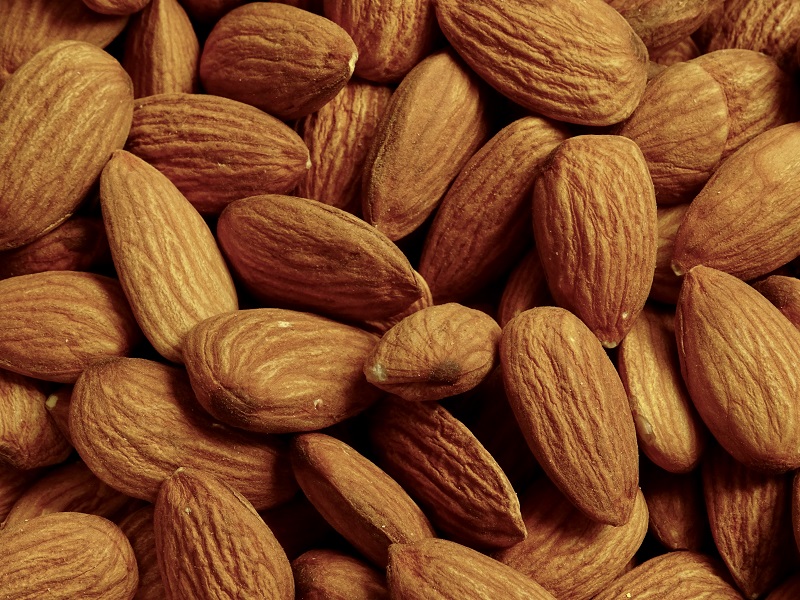The Early Bird Gets The Profit
Since the price of sweet corn in the Mid-Atlantic and other regions is highest prior to the main harvest season from mid-July through mid-September, growers for most retail markets, and some wholesale growers, plant sweet corn under plastic mulch or row covers to achieve early harvest and consequently a higher price.
Want to beat other area growers to the punch and sell your sweet corn earlier in the season and for a higher price? These 10 tips will help you do just that:
1. Choose a variety that is less than 74-day maturity and is somewhat tolerant of cool soil temperatures. Remember, optimum soil temperature for sweet corn germination is 55°F to 60°F.
2. Preferably work fall-plowed soil in early spring to produce a fine, firm seedbed that will hold moisture and nutrients, but is not compacted or full of clods.
3. Broadcast 60% of nitrogen and 100% of the phosphorus and potassium required for optimum sweet corn production based on current soil tests before working the soil to form a seedbed.
4. If covering seed with clear plastic mulch, make sure a pre-emergence herbicide is applied on and between the rows under the mulch before it is secured on the soil. Since few post-emergence grass herbicides are labeled for sweet corn, be sure to include a good grass herbicide pre-emergence such as Dual II Magnum (S-metolachlor/benoxacor, Syngenta Crop Protection) or atrazine.
5. If covering sweet corn seed with a row cover, make sure a pre-emergence herbicide is applied on and between the rows of sweet corn under the row cover before the row cover is secured on the soil. Row covers increase the germination, emergence, and early growth of not only sweet corn, but also grass and broadleaf weeds.
6. If using sweet corn transplants on raised beds with black plastic mulch, add a starter solution (a 1-4-1 ratio of N-P-K is recommended) to the transplant water to help maintain active plant growth once the transplants are placed in the soil. An herbicide can be applied beneath the black plastic mulch; however, the black mulch will suppress weed seed germination and emergence. If there are very heavy populations of volunteer broadleaf weeds coming up in the holes with the sweet corn plants, a post-emergence herbicide application may be required.
7. Scout for insects, especially cutworms and seed corn maggots, prior to and after sweet corn plants have emerged. Also if growing transplants or direct seeding sweet corn on raised beds with black plastic mulch, scout for bird damage to young seedlings.
8. If using 6 micron polyethylene film from Integrated Packaging Americas, any plastic laying equipment can be used to apply the film over the row.
9. As soon as the sweet corn plants have punctured the thin (6 micron) plastic mulch, the polyethylene film will start to degrade. At this time, application of the other 40% nitrogen as a sidedressing should be made to the sweet corn. If growing transplants, sidedress sweet corn with additional nitrogen when plants reach 8 to 10 inches in height.
10. Continue to scout early sweet corn fields for pests. If populations of insects reach economic threshold levels, take appropriate action immediately.









